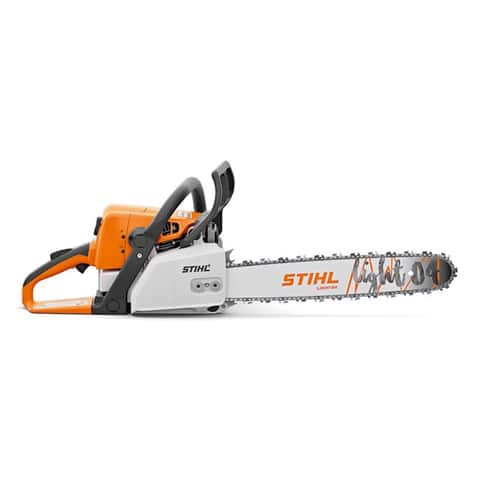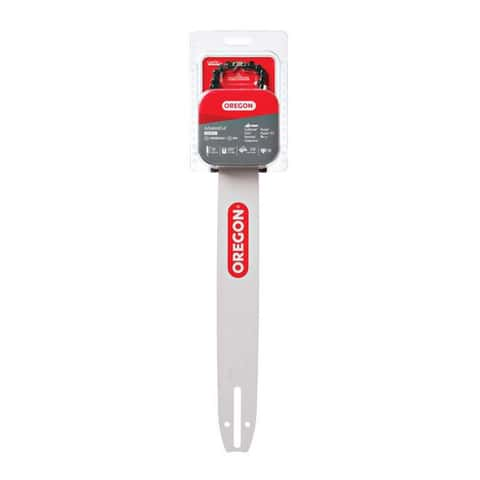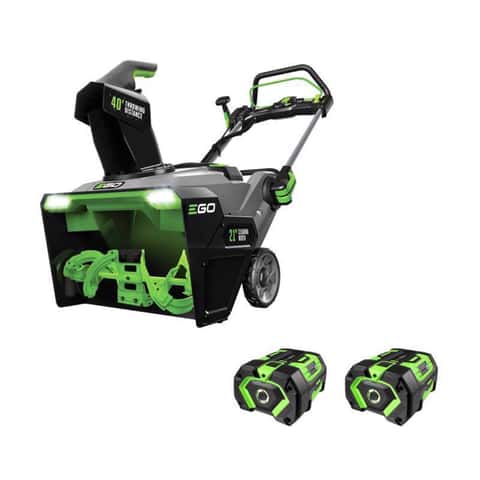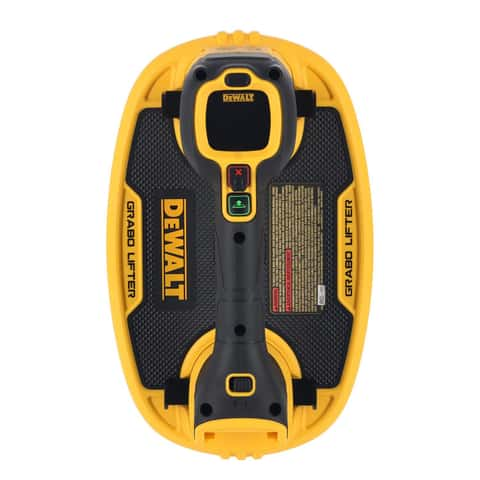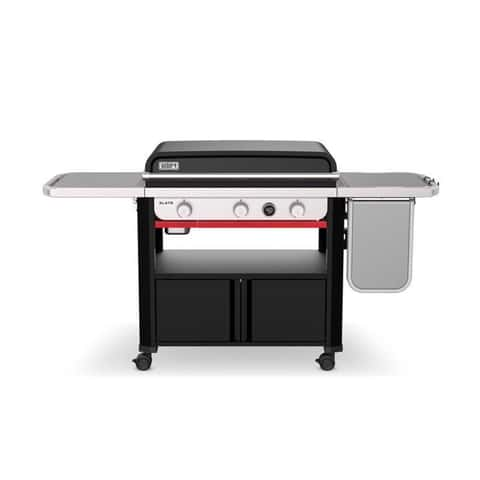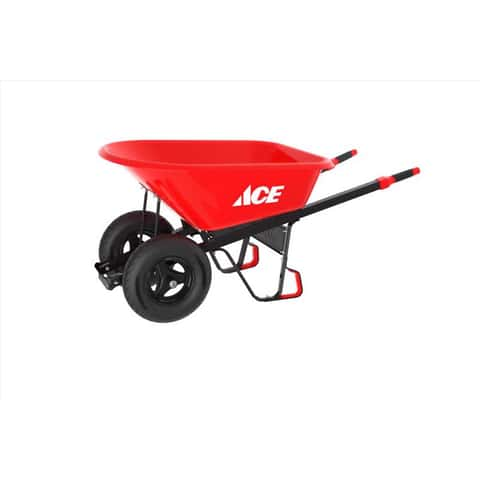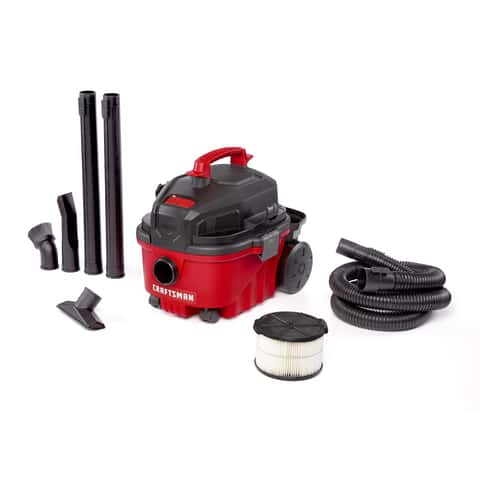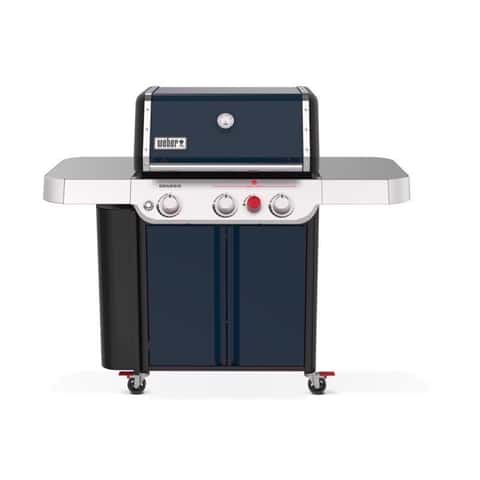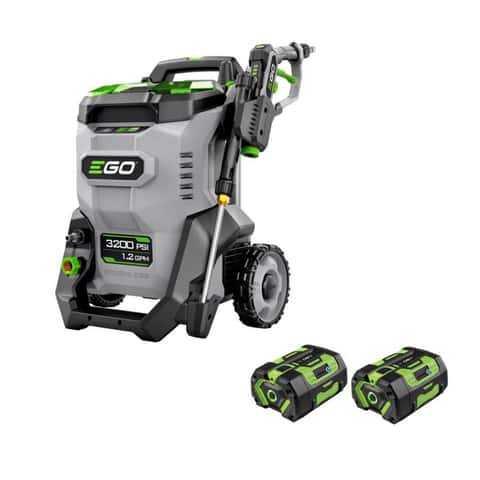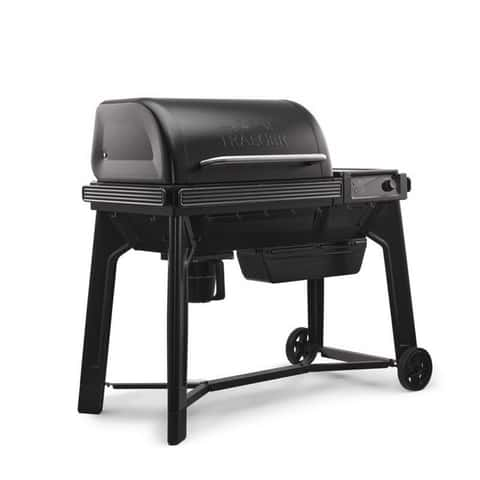Identifying gold ore like a professional is both an art and a science, requiring keen observation, geological knowledge, and hands-on experience. Whether you are a hobbyist, a prospector, or someone simply fascinated by geology, mastering the ability to spot valuable gold-bearing rock formations can open the door to exciting discoveries and potential financial rewards. The first step in identifying gold ore understands the types of rocks commonly associated with gold deposits. These often include quartz, granite, and metamorphic rocks. Gold is frequently found in veins of white quartz, which can appear in cracks or fractures in larger rock formations. If you see quartz with streaks of rust-colored iron or visible shiny flecks, you may be looking at a prime candidate for gold ore. Texture and density are also essential clues in identifying gold ore. Professional prospectors often look for heavy, dense rocks that feel heavier than typical stones of a similar size. This is because gold is a very dense metal. When you lift a gold-bearing rock, it might feel noticeably weightier than expected.

Knowing how to identify gold ore is crucial for successful prospecting. Moreover, the luster of gold is unmistakable its brilliant metallic shine stands out even in rough ore. Unlike pyrite, commonly known as fool’s gold, real gold does not sparkle under direct light; instead, it has a consistent, dull shine that is more subdued but solid in appearance. Learning to distinguish this difference can save you time and disappointment. Another professional trick involves testing the ore using basic field tools. Scratching the surface of a rock with a piece of unglazed ceramic tile can help determine if it contains gold. Gold will leave a yellow streak, while fool’s gold will leave a greenish-black one. Acid tests using nitric acid can also be used to test for real gold, as it will resist corrosion while other metals dissolve. However, safety precautions should always be observed when using chemical tests in the field. Professionals also utilize metal detectors, gold pans, and sluice boxes when working in alluvial zones where water has carried and deposited gold over time.
Additionally, geographic awareness is crucial. Knowing the history and geology of a specific region helps professionals narrow down likely locations. Areas known for volcanic or hydrothermal activity, as well as regions with a history of gold mining, are more likely to contain gold ore. Topographical maps, mineral surveys, and local geological data can be invaluable tools when planning your exploration. To make the most of these efforts, many prospectors turn to reliable equipment from JXSC, which supports efficient and accurate fieldwork. In conclusion, mastering the art of identifying gold ore like a professional involves a combination of visual observation, physical testing, and geological research. With patience, practice, and the right tools, even beginners can develop the skills to distinguish valuable gold-bearing rocks from ordinary minerals. Each outing becomes a lesson, and every sample brings you closer to understanding nature’s hidden treasures.


